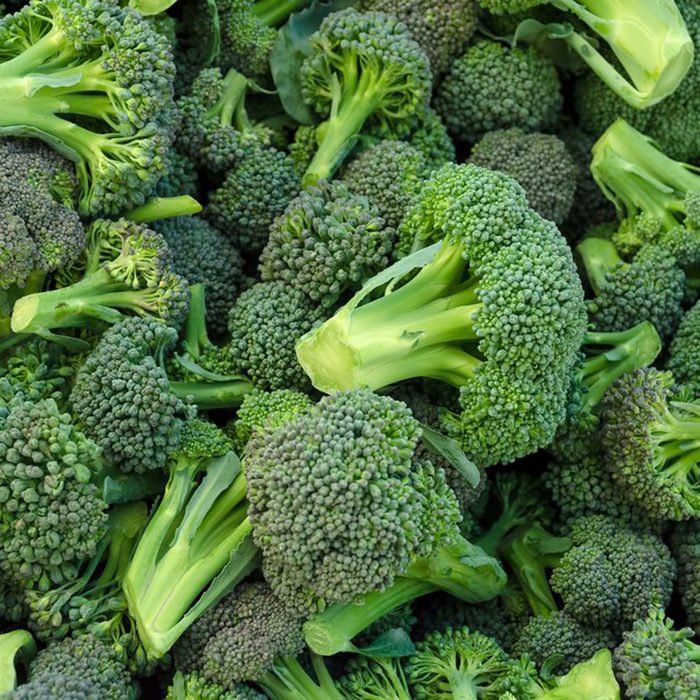
Broccoli
We bet your mom always told you to eat your broccoli when you were a kid (whose mom didn’t?), but she may not have told you that it’s better to eat it raw than cooked. Broccoli contains high amounts of the phytochemical sulforaphane, which helps prevent cancer, heart disease, inflammation, depression and more harmful health conditions. A 2008 study published in the Journal of Agricultural Food and Chemistry showed that our bodies absorb sulforaphane more quickly when we eat broccoli raw instead of cooked. Another study from 2009 also found that cooking broccoli in a variety of ways, including microwaving, boiling and stir-frying, decreased the veggie’s vitamin C levels. If you can’t stand the thought of raw broccoli, try steaming it. Here are 20+ broccoli recipes you won’t be able to get enough of.
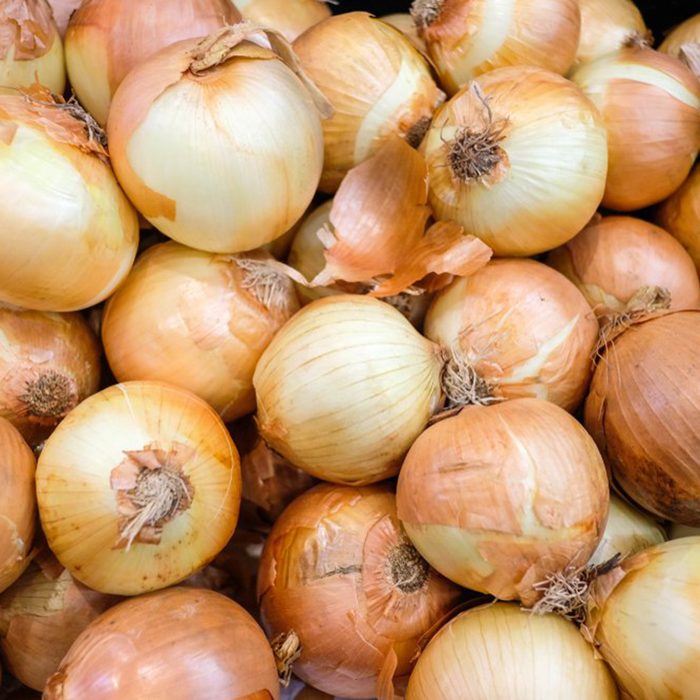
Onions
Onions are loaded with health benefits, including cancer-fighting ones, thanks to high concentrations of the flavonoid quercetin. “When eaten raw, you maximize on [onions’] cancer-fighting properties,” says Ashley Walter, nutritionist and chef of Living with Ashley. “Cooking reduces the benefits of the phytochemicals in onions that fights against cancers.” What’s more, onions are in the allium family of vegetables, which means they contain antiplatelet agents that can prevent cardiovascular disease. A 2012 study found that when raw onions were heated in an oven, those heart-healthy properties completely disappeared in 30 minutes or less, depending on whether the onions were whole, quartered or crushed. This is the easiest way to chop an onion. Have raw potatoes at home? Here, find out if it is safe to eat raw potatoes.
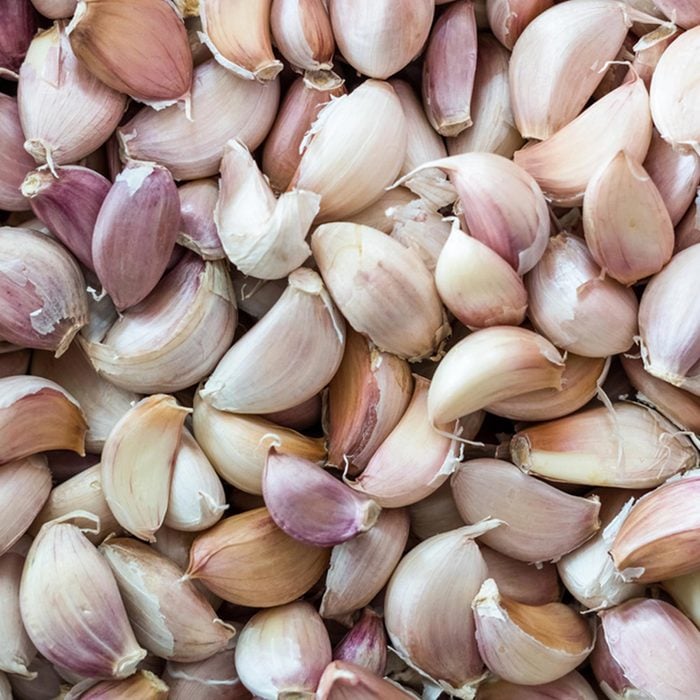
Garlic
Like onions, garlic is an allium vegetable that also has antiplatelet agents, but that means its properties that fight cardiovascular disease are also affected by heat. A 2007 study found that heating garlic at 390ºF for six minutes completely suppressed antiplatelet activity in uncrushed garlic and significantly reduced it in crushed garlic. There’s another health benefit to using raw garlic: “Studies show that heat inactivates the alliinase enzyme,” registered dietitian nutritionist Nancy Woodbury, MA, MS, RD, LD/N, tells Reader’s Digest. “Boiling garlic for 20 minutes completely suppressed antibacterial activity, and only one minute of microwave heat destroyed 100 percent of its cancer-fighting ability. Crushing garlic and allowing it to sit 10 minutes before heating it partially restored its anticarcinogenic power, but the cooked garlic was still 30 percent less potent than raw garlic.”
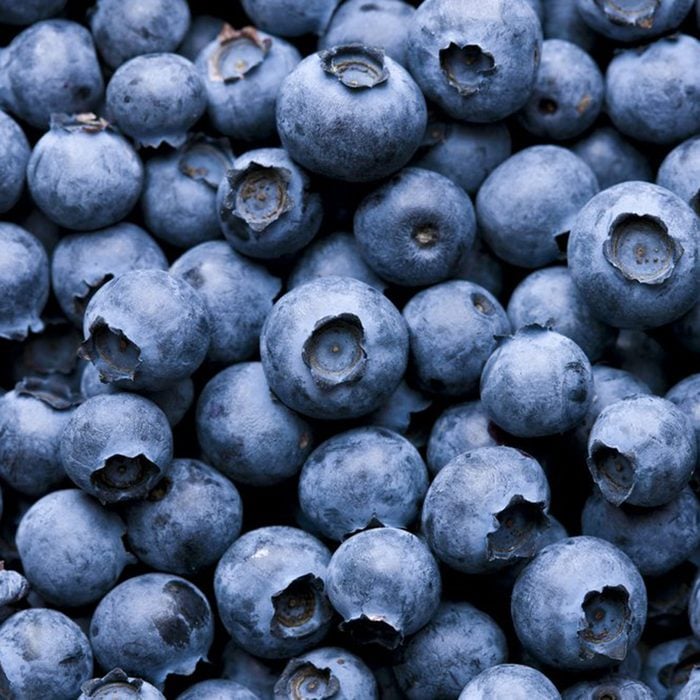
Blueberries
You probably already know that blueberries are healthy for you, but do you know just how healthy? “Blueberries contain more antioxidants than any other fruit, largely due to the high amounts of polyphenols,” Julie Joffrion, a fitness nutrition specialist at All Inclusive Health, tells Reader’s Digest. Eating them raw ensures you get all of those benefits. Research published in the Journal of Agricultural and Food Chemistry shows that processing blueberries, through baking, cooking or proofing (when dough rises before cooking), does decrease some of their polyphenol levels. Here are some amazing salad recipes that put raw blueberries to work.
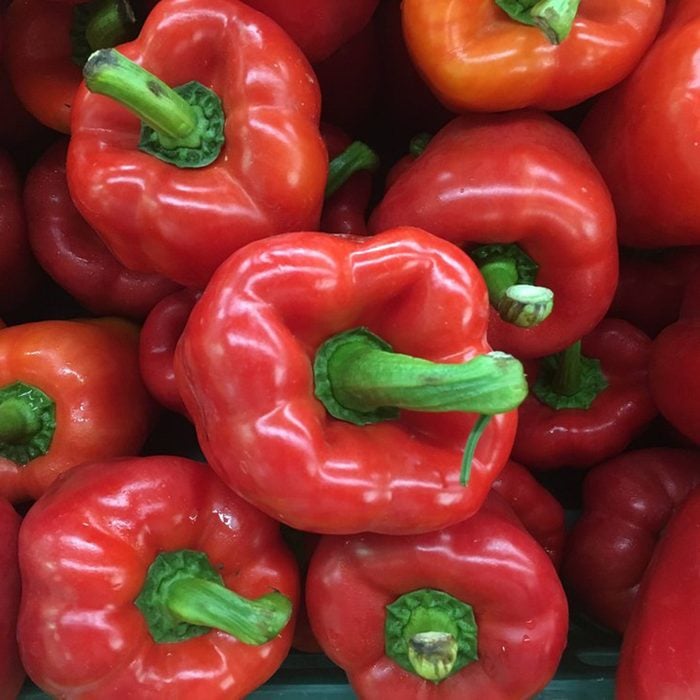
Red bell peppers
Roasted peppers are a quick, easy addition to any meal, but you may just want to eat those veggies raw. Red bell peppers are a great source of vitamin C, and heat can destroy vitamin C, according to the National Institutes of Health. Don’t miss these food myths that are wildly untrue.
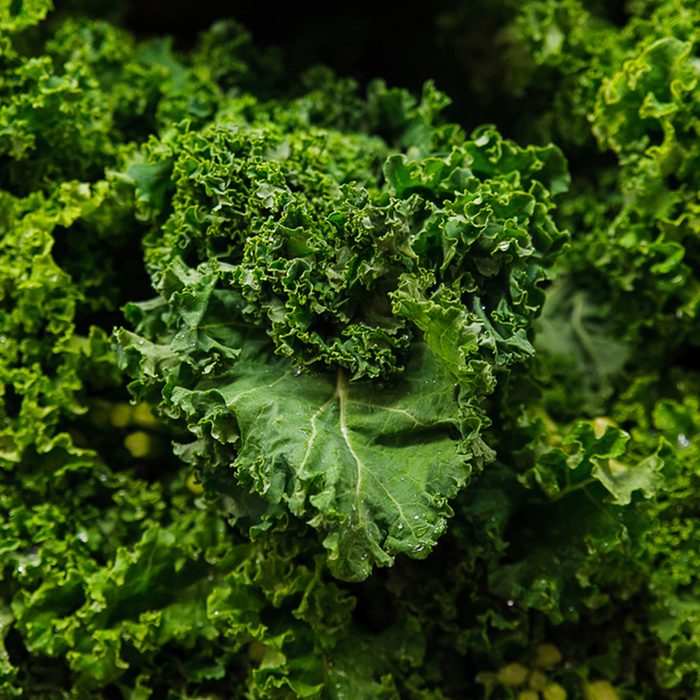
Kale
A cruciferous vegetable, kale contains compounds called glucosinolates, and when they come into contact with the enzyme myrosinase, they turn into a different, disease-fighting compound. However, heat inactivates myrosinase, so your cooked kale doesn’t have the same disease-fighting properties that a raw kale salad does.
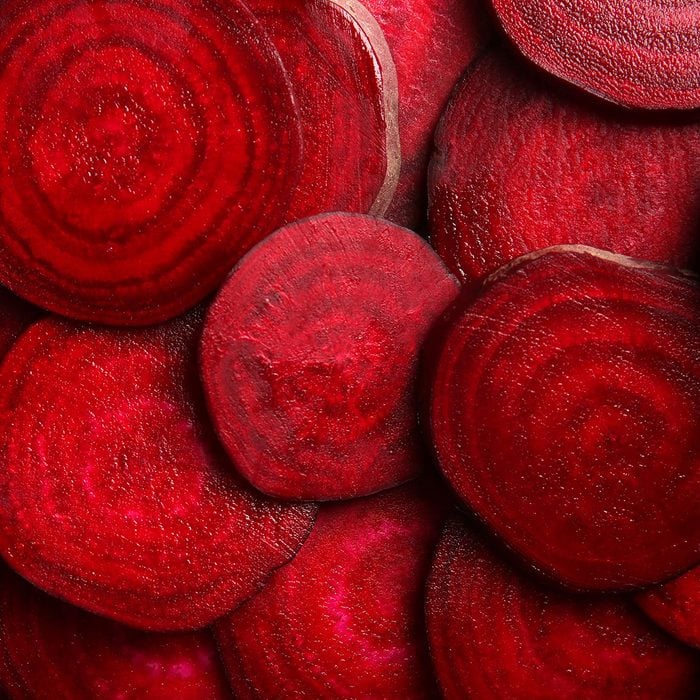
Beets
This may come as a surprise to some, but yes, you can eat beets raw. In fact, they’re actually a bit healthier for you that way. Beets contain high levels of fiber, folate (a form of vitamin B9), vitamin C, and manganese—however: “Cooked beets lose 25 percent of their folate and other vitamins and minerals,” says Rebecca Park, a registered nurse in New York City and creator of RemediesForMe.com. Try shaving the root veggie onto salads for a pop of color, or create your own raw beet salad with other raw vegetables or citrus fruit. Here are 14 more foods you could be eating wrong.
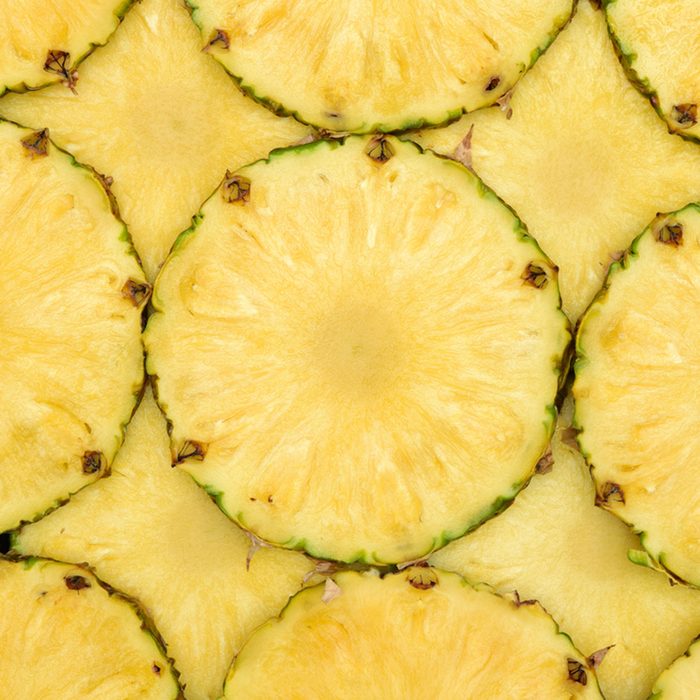
Pineapple
Grilled pineapple may be an exotic addition to any barbecue menu, but eating it could deprive you of important health benefits, says acupuncturist and natural healer Elizabeth Trattner. A 2010 study found that fresh pineapple juice was more effective at decreasing inflammation and colonic neoplasia (an abnormal growth of tissue around the colon) in mice with colitis than boiled pineapple juice; researchers attribute this to the fresh juice’s high levels of the enzyme bromelain, which helps reduce swelling. While this study was only conducted on mice, a medical review published in 2017 showed that “bromelain equals non-steroidal anti-inflammatory drugs as an anti-inflammatory agent, but has been shown to have fewer side effects” in human patients as well. Dr. Trattner also says eating raw pineapple helps reduce swelling and bruising in her patients after they’ve had surgery.